As the activity of actively engaging consumers online has become increasingly important, many companies are achieving good results by using various User Generated Content (UGC) marketing techniques.
UGC (User-Generated Content) or UCC (User-Created Content) emerged as a counterbalance to the expensive glossy online advertising that flooded the internet from 2010 to 2015. With the advent of the “banner blindness” effect, videos and photos that look like amateur content are more credible to the consumer and thereby increase sales and ROI. User-generated content looks as if the consumer voluntarily creates and distributes content online related to the products they are interested in.
UGC marketing can be divided into 2 types:
- topical advertising campaigns
- advertising creatives created by amateurs or professionals in the guise of amateurs
Examples of thematic UGC campaigns
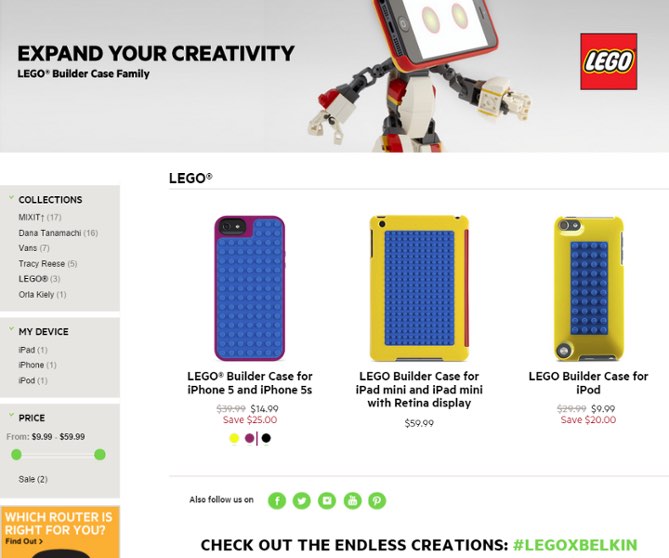
A prime example is Belkin, a company known for manufacturing smartphone cases. Belkin teamed up with Lego in 2013 to launch a series of prefabricated iPhone cases that consumers could customise and create different types of cases. A separate social platform was created where people could show off and brag about their unique cases.
Coca-Cola is running a so-called “Share the Coca-Cola” campaign. The bottles go on sale with names or other words like you, me, etc. written on them instead of the name of the soda. Customers often take a photo and share it on social media when they find a bottle with their name on it.
UGC ads and creatives
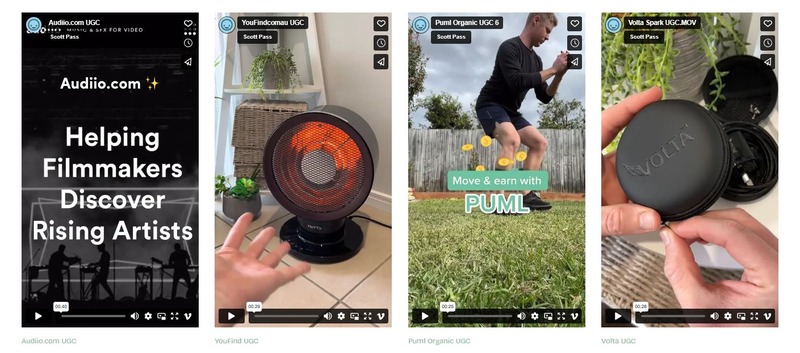
This kind of content is not always used in themed marketing events. Often it’s something we’ve been used to for a long time: unpacking, X vs Y reviews, etc.
When you choose for example a hoover, watching a video review on YouTube filmed on an iPhone – this is also UGC. When your favourite blogger on Instagram records a video on the go about how he liked some hotel, this is also user-generated content.
Why do consumers respond positively to UGC-based marketing campaigns?
According to an analysis of consumer behavioural research, consumers tend to trust messages voluntarily generated by similar consumers, rather than marketing messages unilaterally sent by companies.
How can I launch an UGC campaign?
UGC campaigns run by brands are good because they can encourage consumers to actively engage in marketing activities rather than just accepting messages.
There are some general guidelines for launching one:
- Offer prizes for activity.
- Publicise what’s happening on all available social media channels, contextual advertising, youtube, etc.
- It should be fun, so that people want to participate themselves.
Basic steps for launching a UGC campaign:
- identify the target audience;
- think about the type of activity for the target audience;
- decide how to spread the word about the activity;
- define the rewards.

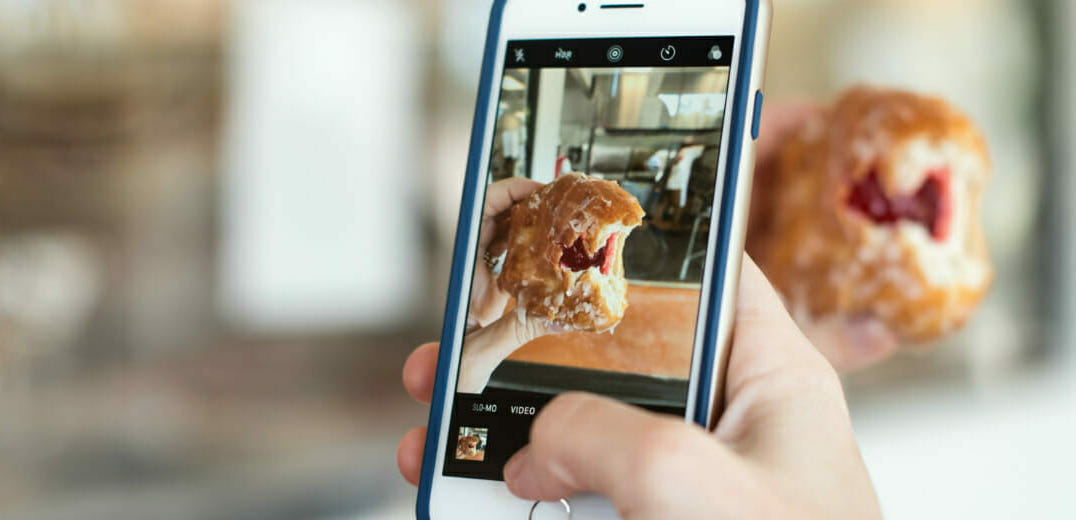
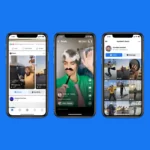






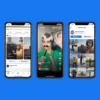
That’s nice, thank you!